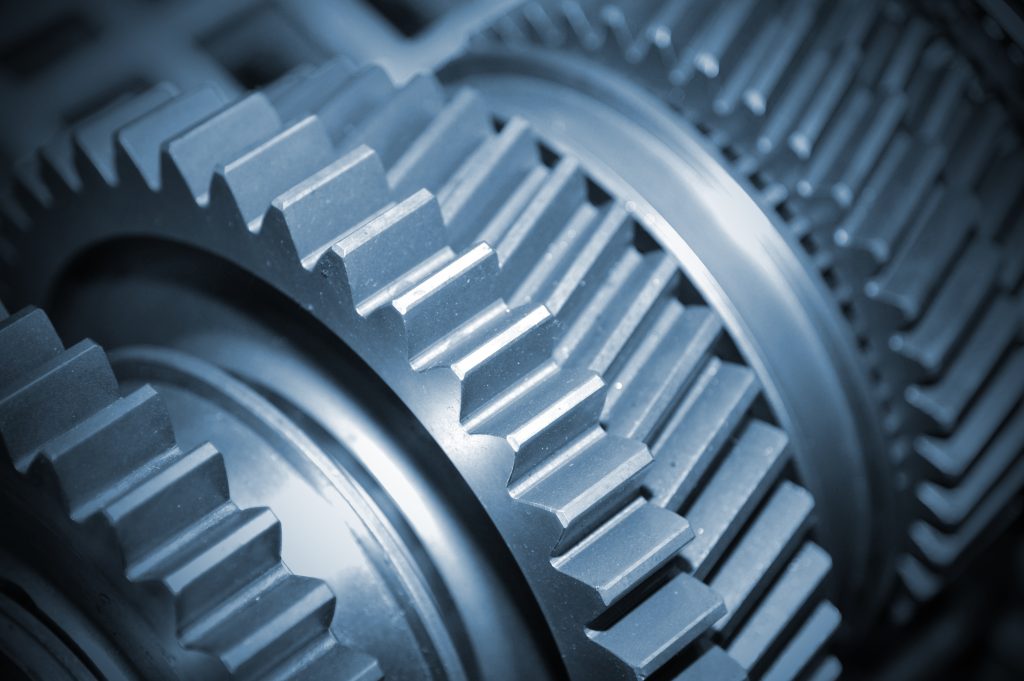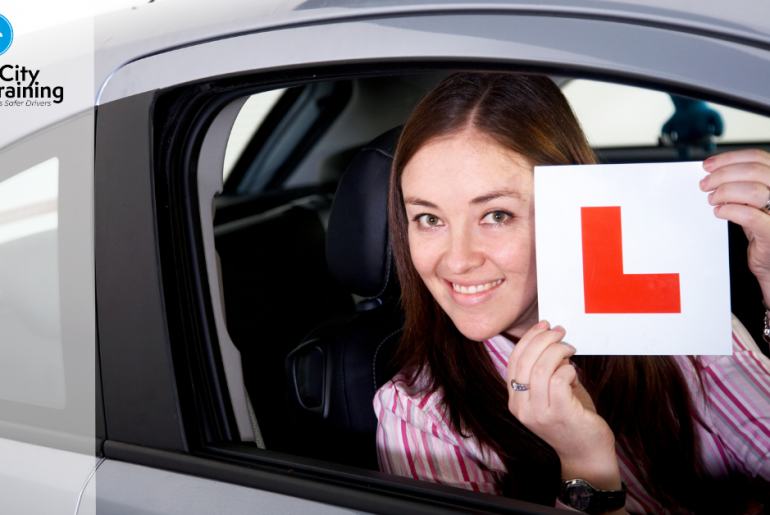We’ve all heard the lines. Automatic is lazy driving. You are only doing half the job in an auto. Automatics don’t get as good miles per gallon. You are holding yourself back if you don’t learn to drive a manual. There aren’t as many automatic cars for sale.
Let’s get straight to some mythbusting shall we? Let’s take a look at AutoTrader.
There aren’t as many automatic cars for sale.
Manual
209,064
Manual cars currently for sale.
Automatic
230,922
Automatic cars currently for sale.
So far from the naysayers claims, it’s actually going to be easier to source an automatic than a manual used car. When you look at new cars it’s even more vivid; 19,068 offers of new automatics and only 9,327 of new manual cars on the nation’s largest car sales platform.
And it’s only going to get more automatic biased as we get closer to the death of pure combustion in 2030.
Now to claims you are holding yourself back by selecting automatic. Frankly that’s utter buncombe.
In the past it was true, if you learned automatic then you would potentially be putting yourself on the back foot in terms of employment opportunities, leisure activities and even in financial terms given that automatics were more expensive than manuals.

Employers want manual drivers.
For employment, most employers who wanted a driver were looking for a driver with a manual licence. It’s because the fleets were manual because the autos cost more, drank more and weighed more. These days, you cannot find a brand new manual truck or bus. The manufacturers just don’t like building them anymore. The automatics are more efficient, more reliable and as a result, more in demand.
We now have the situation where a manual is a cost option over and above the price of the standard automatic in large vehicles. This is despite the fact the automatic is just the manual gearbox with extra computers and actuators. The gearbox should cost more, but they buy so many of them it’s cheaper because of economies of scale. It’s starting to go the same way with vans.
This is so much the case in trucks, that you can now get a manual truck licence by passing in an automatic lorry if you hold manual entitlement for a car. But only very specialist truck applications still use manual vehicles, so it won’t hold back your dreams of being the next Rubber Duck.
Eastbound and down, ten-four.
Automatics make better business sense.
The other major benefit of an automatic is drastically reduced clutch wear. because the clutch is either automated, or omitted in favour of a torque converter, the plates open and close at exactly the right time every time. A business that runs vehicles is looking to keep their maintenance costs as low as possible. Automatic cars help by reducing wear on serviceable components.
Then there is the rise in Clean Air Zones and Ultra-Low Emissions Zones. Any business operating in or around a large city is going to be looking for electric or hybrid vehicles to avoid paying excessive charges to enter the cities they work in. These are nearly all automatic, the best time to learn automatic is now.
You are only doing half the job in an automatic.
Firstly, and I’ll not beat about the bush here, utter tosh. Complete rubbish. Total <<insert several words that wouldn’t be professional.>>
Learning to drive is 5% learning to use the car and 95% learning to deal with junctions and traffic and other road users and signals and emergency vehicles and car parks…. the list goes on. 1% at most of learning to drive a manual car is learning to operate the clutch pedal.
So lets reword that statement: You are only doing 99% of the job in an auto. A GCSE Grade 9 (equivalent to the old high A*) is only 85%! So you are only doing A** driving, I won’t lose sleep over that.
What learning and driving an automatic is doing is giving you more attention to spare for other tasks. Tasks like reading the road ahead, anticipating the actions of other road users and positioning your vehicle appropriately at junctions. It’s taking the stress of dealing with the clutch off you and putting it on a computer.
Think about a roundabout. Think about the approach, the judgement of your gap, the positioning, the preparation and the moving off. What part worries you the most? If you are like 99% of all the learner drivers in the country, your biggest worry: What if I stall?
Take the clutch out of the equation and you’ve eliminated your biggest worry. You have to try very hard to stall an automatic, it’s nearly impossible. You actually cannot stall an electric or a hybrid. Electric motors just don’t stall.
You are not doing half a job, you are focusing on the more important parts of the job and outsourcing the minutiae.

Automatic is lazy driving.
Read the section above. It’s not lazy, it’s smart. You are still dealing with most of what every other driver has to deal with. You are still making all the same decisions but without the added stress of finding the right gear.
Personally, I am a manual driver. I love driving manual vehicles, I feel involved and in control. Like I’m exerting my will on the car and it’s responding to my desires.
BUT.
I am a petrol head. A strange thing for the owner of RPS Driven Electric to say but it’s true. I’m a lover of mechanical things and the process of converting energy from long dead T-Rex into the rush of the wind of the often unavailable V-Max.
If you don’t care about the drive, just the destination. If you only want to drive to get too and from work, or to visit friends in Leeds without the hassle of the train being cancelled or the taxi taking all your money, why learn a skill that you don’t care if you use?
The death of manual.
In 2030 manual will be all but dead. The ban on pure combustion cars means that nearly every car on sale in 2029 will be automatic, with a few mild-hybrid city cars still available but almost everything else either Battery Electric Vehicle or Hybrid.
Direct Line Group did some research and navel gazing last year and predicted that the last person to take a driving test in a manual car will be born in 4 years time. They’ve also figured out that of the 760,000 battery electric cars on the road in the UK, 380,000 are owned by drivers under 35 years of age.
Learner drivers and relatively new drivers are leading the charge, (pun very much intended) to electric cars. ALL ELECTRIC CARS ARE AUTOMATIC.
You aren’t going to get good miles per gallon from an automatic.
Firstly, as I’ve said exactly 18 words ago, electric cars are forming a greater and greater proportion of the available automatics and they don’t get miles per gallon. They get miles per kilowatt hour. So let’s look at this in terms of energy efficiency instead.
Now I need to wash my hands, and my eyes, because the petrol head is going to quote Greenpeace!
The most efficient petrol engines convert 30% of the energy stored in the fuel into movement energy or operating other useful functions of the car. Electric vehicles by contrast convert 77% of the energy stored in the Gas, or Biomass, or Nuclear Fuel Rods, or Wind, or Sun or however the electricity is generated into useable car related energy. Hybrids are saddled with an inefficient combustion engine which means they can’t boast as high an energy conversion figure.
Addressing the actual myth.
This myth actually comes from older automatic gearboxes. Back in the day you needed either a system of actuators to shift a manual gearbox or something called a CVT or Continuously Variable Transmission.
A CVT is basically a system of pulleys which continuously change the ratio between the input shaft of the gearbox and the output. Pulleys are inherently a ‘lossy’ system of moving power and are easily overcome by torque, the twisting force of an engine. So energy is lost here in belt slippage. It’s why most high performance motorcycles use a shaft drive rather than a belt. The chain can be thrown, (as can a belt) and a belt cant cope with the power of the performance engine.
An automated manual gearbox doesn’t have that problem. What it does have is a weight issue. Because instead of a relatively light gearstick and gear linkage, you need hydraulic or pneumatic relays and actuators, and a computer to control it all. Adding weight affects fuel consumption, so the automatic car got less miles per gallon than it’s manual brother, despite having exactly the same gearbox contents.
Modern automatics have taken all the benefits of the latest technology. The actuators are smaller and lighter, the computing power required to make it all work, now fits in a box the size of an Apple Watch where once it took a box the size of a Playstation 5. The weight loss of an automatic gearbox of the past is now a weight saving compared to the manual.
What we have lost is the best feature of the first CVT gearbox, the Variomatic’s ability to go as fast in reverse as it can going forwards. The petrolhead in me is sad.
So why are modern automatics more fuel efficient then?
This is a combination of a number of factors.
- The gearboxes weigh less, so less energy is needed to accelerate or decelerate them.
- Modern automatics, nearly all of which are automated manual gearboxes, are run by highly advanced computer systems. These computers are much more efficient at changing gears than a human. They are also much more accurate in when they change gears, with reduces over-revving and burning too much fuel, or under-revving and causing the engine to struggle and not burn all the fuel in the cyclinder.
- A lot of modern automatic gearboxes use dual clutch systems. The gearbox keeps the gear above and below the one you are in spinning, so it can change gear quicker. This means that you waste less fuel idling during gear changes. It may not seem like much, but if you make 100 gear changes a day and in each gear change you idle away 1ml of fuel, over a working year, (260 days) thats 260l of fuel a year. At current prices thats £363.74 a year wasted!
- Automatic gearboxes allow electrification. Manual gearbox hybrids are very low power output electric motors whereas an auto hybrid can take almost any amount of electric power. My father’s MINI Countryman PHEV gets 200bhp from the petrol motor and a whopping 113 from the electric motor. Yes, he gets an entire Suzuki Swift Sport from his electric motor!
OK, I’m sold. Teach me to drive in an automatic.
Great, lets get started then. You can register for the RPS Driven School of Motoring waiting list here. Once you register, Nick will be in touch to discuss your availability and book in your first lesson where possible.
You can find details of pricing in Nick’s microsite on driven.rps-dm.co.uk.





